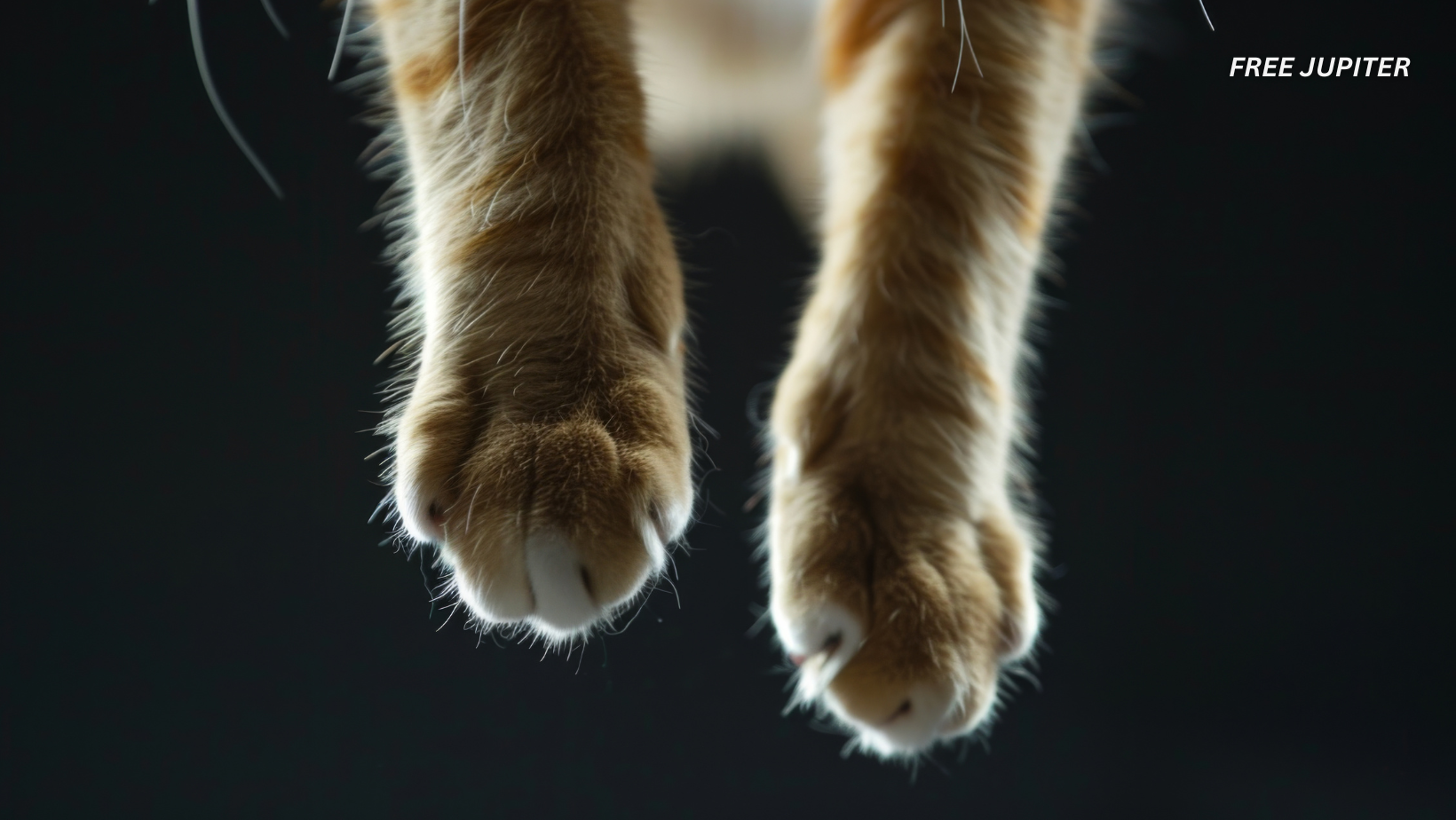Friendly Note: FreeJupiter.com shares general info for curious minds 🌟 Please fact-check all claims—and always check health matters with a professional 💙
In a state known for progressive policies and pet-loving residents, California is now making waves over a long-standing, claw-raising debate—whether it’s time to completely ban cat declawing.
The proposed legislation, Assembly Bill 867, brought forward by Assembly member Alex Lee (D-Milpitas), doesn’t just scratch the surface. It takes a firm swipe at a practice many have described as outdated, painful, and, in some cases, downright barbaric. The bill seeks to ban cat declawing across the entire state, a move that animal welfare groups have long pushed for.
But what exactly is cat declawing, and why is it sparking such intense discussion?
Declawing: More Than a Fancy Manicure
To many, the word “declawing” might sound like a harmless grooming technique—maybe a little trim here, a little snip there. In reality, it’s a serious surgical procedure that involves amputating the first knuckle of each toe on a cat’s paw.
Imagine this: someone removes the tips of your fingers up to the first joint so you’ll stop scratching the couch. Sounds extreme, right? That’s exactly the comparison Assemblymember Lee used to describe the surgery’s impact.
“The surgery of cat declawing is super painful and very intrusive,” Lee said in an interview. “It would be like walking on your knuckles if you were a person.” Not exactly the most comfortable existence for an animal known for graceful leaps and delicate landings.
The Risks Behind the Routine
Declawing isn’t just about what happens on the operating table—it’s about what comes after. According to the ASPCA, post-operative complications can include:
- Chronic Pain: Since bones, nerves, and tendons are all involved, the surgery can lead to long-term pain. Cats are famously good at hiding discomfort, but behavioral changes often speak volumes.
- Lameness and Limping: Because the anatomy of their feet has been altered, many declawed cats walk differently. Imagine trying to tiptoe on stumps—uncomfortable at best, debilitating at worst.
- Bone Fragments and Regrowth: If the surgery isn’t done perfectly, fragments of bone can be left behind, leading to abnormal regrowth beneath the skin. This can cause extreme discomfort every time the cat walks or jumps.
- Infection and Inflammation: Like any surgical procedure, there’s a risk of infection, especially if cats excessively lick or bite at their healing paws. Swelling, pus, and fever may follow.
- Nerve Damage: Severed nerves can cause sharp shooting pains—or complete numbness. Some cats begin obsessively licking or chewing their feet, which can result in self-mutilation.
Many declawed cats reportedly develop aversions to using litter boxes—possibly because of the pain involved in scratching after surgery—and some become more aggressive, using their teeth as a replacement defense mechanism. What was once seen as a convenient solution for humans can become a lifelong burden for the cat.
Read more: Scientists Say More Animals Are Conscious Than We Ever Imagined—Even Insects
Why People Declaw Cats in the First Place
So why do people choose to declaw cats? In most cases, it’s for convenience. Owners might be frustrated by scratched-up furniture, carpet damage, or accidental clawing during playtime. But increasingly, behaviorists and vets are recommending non-surgical alternatives—and they’re working.
Scratching posts, cat trees, double-sided tape, training sprays, and even soft vinyl nail caps like Soft Paws have become popular and humane alternatives to surgery. These approaches allow cats to scratch naturally without damaging anything—or anyone.
Behavioral training is also a game changer. Some cat owners use clicker training or redirection methods to teach cats where it’s acceptable to scratch. And just like kids who learn not to draw on walls, cats can be taught to keep their claws off the couch.
The Legal Landscape: A Patchwork of Bans
While California has yet to pass a statewide ban, several cities already have. Places like San Francisco, Berkeley, and Los Angeles have outlawed declawing, making the practice illegal within city limits.
Nationally, the trend is slowly shifting. New York made headlines in 2019 when it became the first U.S. state to ban the practice. Since then, Maryland, Virginia, Massachusetts, and Washington, D.C. have followed suit.
Globally, countries such as the United Kingdom, Germany, Australia, and Israel already consider cat declawing a form of animal cruelty and have banned it under their animal welfare laws.
Critics Speak Out: Is It a Slippery Slope?
Not everyone is thrilled about AB 867.
The California Veterinary Medical Association (CVMA) has voiced strong opposition. Their main concern? That lawmakers are overstepping by banning specific medical procedures through legislation. In a formal statement, the CVMA said it is “deeply concerned” that veterinarians are being unfairly singled out and that such a move sets a “dangerous precedent.”
They argue that veterinary professionals—like doctors in human medicine—should retain the right to make case-by-case decisions. While declawing for convenience is broadly criticized, there are rare medical scenarios, such as tumors, traumatic injuries, or severe nail bed infections, where amputation may be necessary. However, AB 867 does allow exceptions for cases deemed medically necessary by licensed veterinarians.
Read more: Scientists Discover Animals Have a Mysterious ‘Sixth Sense’, Changing Evolutionary Theories
A Long Road of Failed Attempts
This isn’t California’s first attempt to pass such legislation. Similar bills have popped up in the state legislature over the years, but none have made it into law. Advocates believe that growing public awareness about animal welfare—combined with the success of local bans—might finally push this version across the finish line.
The bill recently cleared the Senate Business, Professions and Economic Development Committee, which means it now heads to the Senate Floor for debate and a vote.
The Bigger Picture: Shifting Views on Animal Rights
Beyond the claws and couches, this bill taps into a deeper shift in how we view the animals we live with. Pets are no longer just companions—they’re family. And as our relationships with them evolve, so do our expectations about how they should be treated.
The proposed ban on declawing is part of a broader movement that includes ending cosmetic surgeries on animals, limiting pet store sales of non-rescue animals, and banning animal testing for cosmetics. California has been a leader in many of these areas.
Read more: Killer Whales Are Getting Smarter—And Their Behavior Is Becoming More Alarming
Final Thoughts: A Paws for Change?
Assemblymember Lee believes now is the time to act. “Cat owners, cat parents, and veterinarians are aware of how cruel and barbaric this practice is,” he said. “It’s time we reflect that awareness in our laws.”
Whether or not AB 867 passes, one thing is clear: the days of routine declawing are numbered. With new tools, new knowledge, and a growing cultural shift toward animal welfare, more people are rethinking old practices—and making space for more compassionate solutions.
In the end, it’s not just about saving your sofa—it’s about protecting your cat’s paws, health, and dignity.










